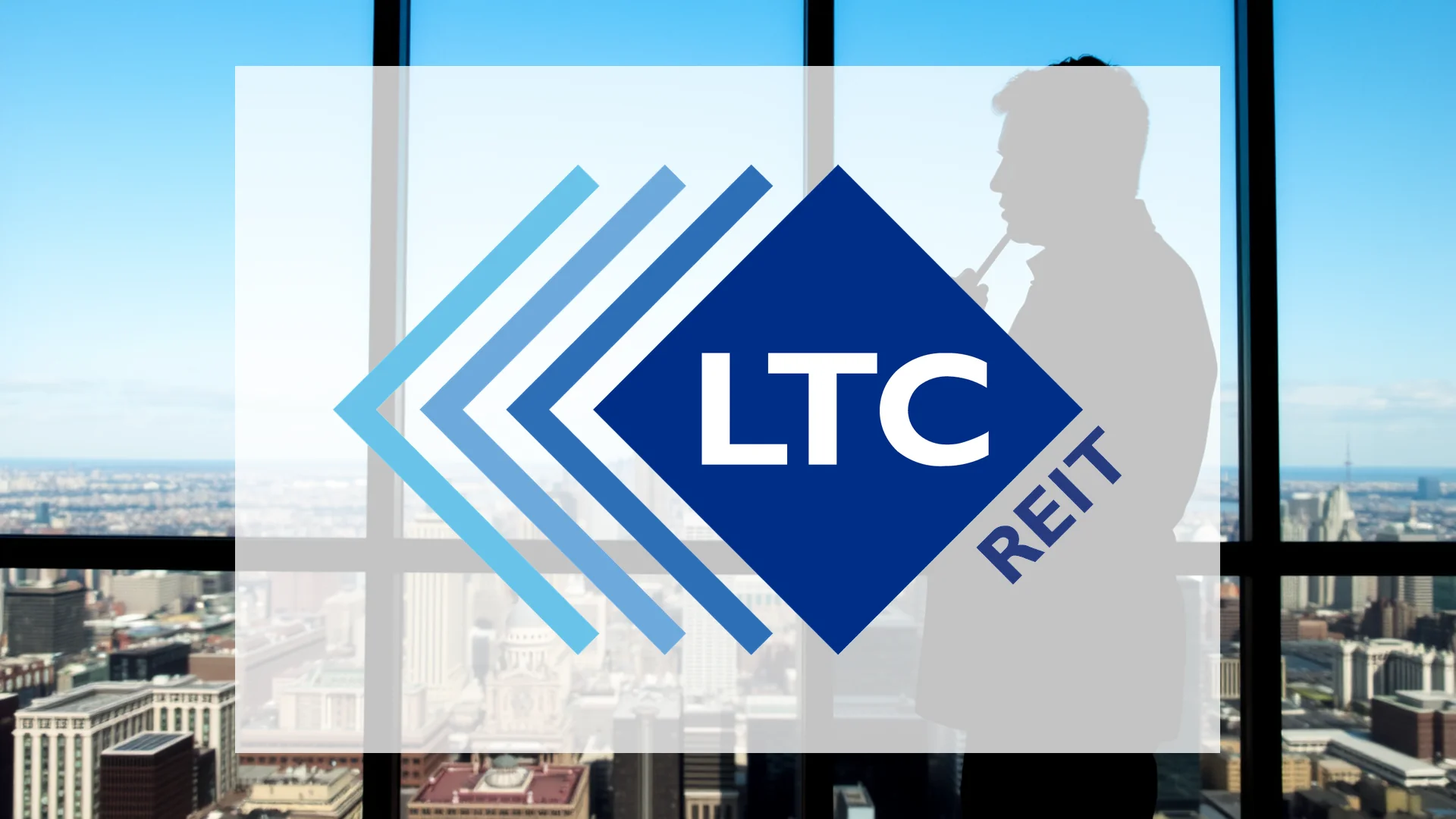The iconic sportswear behemoth Nike stands at a pivotal crossroads. As CEO Elliott Hill aggressively accelerates the company’s innovation cycle to recapture lost market share, fresh analyses point to fundamental weaknesses behind the legendary Swoosh logo. With competitors gaining ground, investors are grappling with a central question: is this the beginning of a remarkable recovery, or is Nike transforming into a potential value trap?
Investor Sentiment Reflects Deep Concerns
Market participants remain deeply divided on Nike’s prospects. The bullish case rests on the company’s new “speed-to-market” infrastructure reigniting growth in crucial markets like North America and China. Conversely, skeptics argue the brand has surrendered its “cool factor” to niche competitors and that current risks remain inadequately priced into the valuation.
This underlying skepticism is starkly visible in the stock’s performance, with shares declining more than 24% since the start of the year. For shareholders, execution is now paramount. The upcoming holiday season and the market reception of newly developed products will prove decisive, indicating whether Nike’s comeback is gaining traction or if margin-eroding discount battles lie ahead.
Accelerating Innovation to Regain Footing
At the heart of Nike’s transformation strategy is a radical operational overhaul led by CEO Elliott Hill, designed to revitalize what had become a sluggish product pipeline. In a significant departure from industry norms, the development timeline for the new “Vomero Premium” running shoe has been compressed to just eight months—a dramatic reduction from the typical 18-month industry standard.
Should investors sell immediately? Or is it worth buying Nike?
This operational push constitutes a direct response to mounting pressure from agile competitors like On and Hoka, which have been steadily capturing Nike’s market share within the lucrative running segment. Hill’s strategy involves dismantling traditional corporate silos and merging innovation and design teams into a unified “Sport Offense” unit, all aimed at delivering new products to retail shelves at an unprecedented pace.
Financial Metrics Signal Caution
Despite this operational restructuring, Nike’s financial indicators reveal underlying concerns. The company recently announced its 24th consecutive annual dividend increase, yet the growth rate of this payout has collapsed. The latest raise of approximately 2.5% falls substantially below the historical five-year average of over 10%.
Market observers interpret this deceleration as a clear signal that management is exercising caution regarding future cash flow generation. Compounding these concerns, Moody’s downgraded Nike’s credit rating, a move that noticeably constricts the financial flexibility available to fund what promises to be a costly corporate turnaround.
Ad
Nike Stock: Buy or Sell?! New Nike Analysis from November 24 delivers the answer:
The latest Nike figures speak for themselves: Urgent action needed for Nike investors. Is it worth buying or should you sell? Find out what to do now in the current free analysis from November 24.
Nike: Buy or sell? Read more here...









